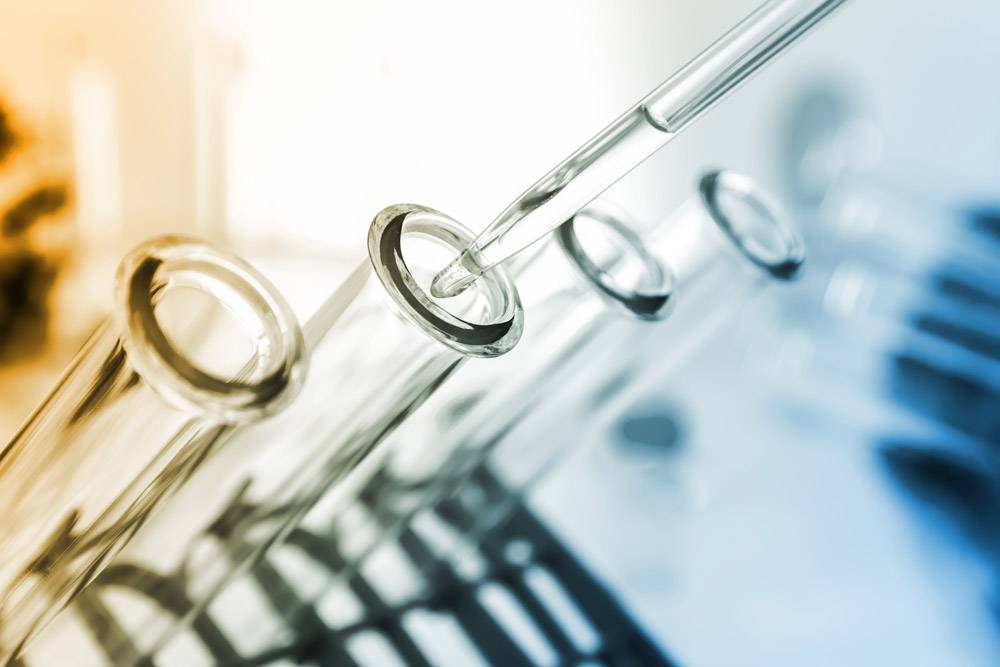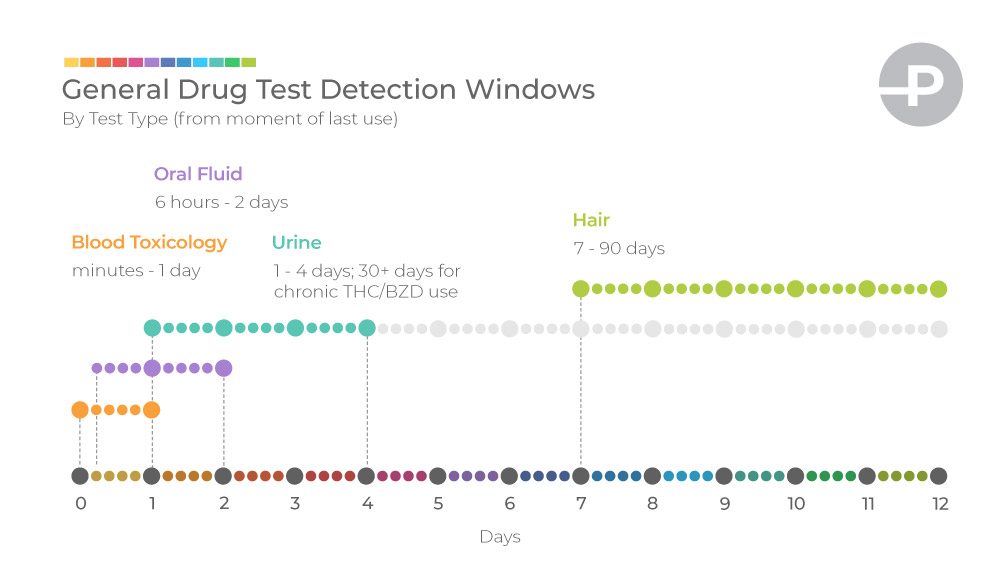We frequently get questions regarding drug tests and substance screening practices—and understandably so. Employers want to make sure they are implementing the best processes for their needs while offering the most comfortable experience possible to their candidates. While it may seem as simple as collecting a quick urine sample and getting an instant result, there is actually much more involved.
We would like to address some common questions about drug tests, both for employers and consumers.
The FAQs
Is urine testing the best method?
It depends.
Drug testing can be accomplished by collecting samples from four primary sources: blood, urine, hair, and saliva. Out of the four, urine is by far the most common. Urine is relatively easy to collect, yields reliable results, and can be tested at a relatively low cost. Blood is a more invasive method and can have longer wait times.
However, hair sampling provides a simple, non-invasive way to detect drug use (particularly cocaine, methamphetamine, and opiate use) over a greater length of time. Evidence of drug use that may be long out of the urine and blood can remain in the hair for months. The most significant drawbacks to hair tests are the cost and the inability to detect recent substance use.
Now, saliva is on the opposite end of the spectrum from hair in terms of detection. Saliva is great for detecting very recent instances of drug abuse, but it quickly times out.
Urine is a happy medium between hair and saliva in terms of detection, while remaining cost-effective and relatively non-invasive. For these reasons, it is widely preferred.
Which panel should I choose?
This depends entirely on your preferences and needs. The three most common drug testing panels are:
5-Panel: This panel typically tests for THC, Opiates, PCP, Cocaine, and Amphetamines.
7-Panel: This panel typically looks for marijuana, cocaine, opiates, PCP, amphetamines, benzodiazepines, & barbiturates.
10-Panel: The standard 10-panel drug test tests for marijuana, PCP, amphetamines, opiates (codeine, morphine & heroin), cocaine, benzodiazepines, barbiturates, methadone, propoxyphene, & methaqualone (Quaaludes).
12-Panel: These tests often screen for the same substances as the 10-panel, with the addition of oxycodone and MDMA.
Why aren’t all tests instant?
While the technology behind instant tests is improving, it remains less reliable than established laboratory methods. For this reason, instant test kits that yield positive results are often verified at the lab. Simply put, instant tests are used more for quickly determining negatives than for conclusively finding positives.
What is an MRO?
A Medical Review Officer (MRO) is a medical professional who verifies prescriptions with the candidate before reporting drug test results. Otherwise, prescribed users of certain medications such as Adderall may test positive for amphetamines; authorized users of certain opioids may fail the test as well, and so on. The use of an MRO is very important, helping provide the most accurate and actionable information possible.
How long do drugs stay in the system?
Here are some rough estimates for how long common drugs can be detected in urine after consumption:
- Alcohol: 3-5 days in urine
- Amphetamines: 1-3 days
- Barbiturates: 2-4 days
- Benzodiazepines: 3-6 weeks in urine
- Cannabis: 7-30 days in urine
- Cocaine: 3-4 days in urine
- Codeine: 1 day in urine
- Heroin: 3-4 days in urine
- MDMA (ecstasy): 3-4 days in urine
How accurate are drug screening results?
Instant drug tests can be up to 99 percent accurate in determining negatives. The number is lower for positive results.
Lab tests are more accurate than instant tests when it comes to verifying positives, which is why many drug screening providers send all positive instant test results to the lab for further testing.
What types of drug screening programs do you offer?
Peopletrail offers a number of drug testing programs, including:
- Pre-employment
- Random
- Reasonable suspicion
- Post-accident
- Return-to-duty
- On-site
- DOT
Can you fail a drug test from secondhand smoke inhalation?
It’s possible.
When speaking about THC, secondhand smoke inhalation can lead to levels of the substance in the body; however, these levels are often below detectable thresholds. Prolonged or confined exposure to secondhand smoke increases the risk of detectability.
Do mushrooms show up on a drug test?
Psilocybin, the psychoactive compound found in some species of mushrooms, is not included in standard drug testing panels. However, specialized panels exist that can detect Psilocybin in saliva, blood, or urine.
Does alcohol show up on a drug test?
Yes and no.
Alcohol does not show up on most standard drug testing panels. However, specialized tests such as ethanol urine tests or ethyl sulfate tests can detect alcohol in urine. Alcohol metabolizes quickly, so the detection windows are narrow. Ethanol tests must usually be administered within 12-24 hours of use, while other tests, such as ethyl sulfate, can detect alcohol up to 80 hours after heavy consumption.
Can poppy seeds cause a positive opiate result?
Research has shown that opioids such as morphine can be detected after the ingestion of poppy seeds. This is rare, and detection is exceptionally rare after 48 hours. If a positive drug test results from the consumption of poppy seeds, this can be discussed with an MRO and will most likely result in a re-test.
Conclusion
Drug screening can be a valuable part of your pre-hire process as well as your staffing audit protocols, helping you determine whether your prospective or current employees are free from illicit substances. Such determinations provide peace of mind and promote a safe workplace. However, drug testing isn’t a one-size-fits-all solution. There are several solutions available to meet various needs. Implementing a drug screening process within your organization will require some fine-tuning. If you have any questions about drug testing or other employment screening solutions, please don’t hesitate to contact us today.



